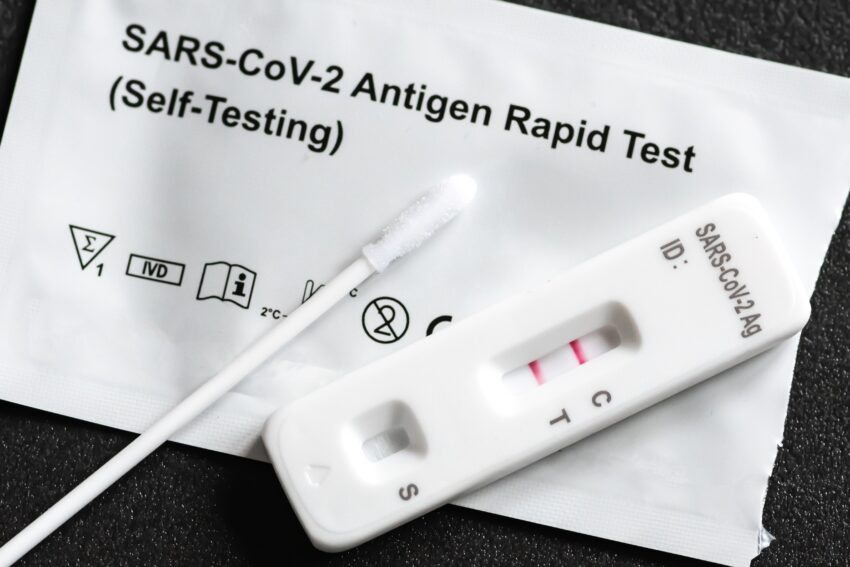The BA.2 subvariant of Omicron now accounts for almost all cases of Covid-19 in England, analysis suggests.
BA.2 has emerged as much more transmissible than earlier variants and appears to be a key driver in rising UK case numbers.
Daily government figures recorded 516,289 cases across the UK in the week to yesterday, with the seven-day average up by 49.2 per cent. Confirmed Covid-19 patients are occupying 11,010 hospital beds in England, up from 9,163 a week earlier.
A spring booster programme for the over-75s, residents in care homes for older people, and those aged 12 and over with a weakened immune system is due to begin in England next week. The programme, expected to give top-up jabs to more than eight million people across the UK, will use Pfizer-BioNTech and Moderna vaccines.
Health officials have described it as a “precautionary” move against potentially waning immunity in the most vulnerable, many of whom had their initial booster more than six months ago.
Alastair Grant, a professor at the University of East Anglia, shared modelling data on Twitter that suggested BA.2 made up 90 per cent of total cases in England, up from 80 per cent in a week. He said: “If we didn’t have BA.2, numbers of infections would be roughly flat (as BA.1 [the original Omicron variant] numbers are).
“BA.2 is around 1.4 times more infectious than BA.1, so that is leading to the increase in cases we are seeing.”
The Office for National Statistics infection survey reported increases in all four UK nations in the week ending March 5, with one in 25 people testing positive in England, one in 30 in Wales, one in 13 in Northern Ireland and one in 18 in Scotland. Its own variant analysis also showed the percentage of infections likely to be BA.2 increasing in all four nations, whereas the proportion likely to be BA.1 was decreasing. Simon Clarke, an associate professor in cellular microbiology at Reading University, said the fact BA.2 was dominant meant it was “at least a contributory factor” to increasing case numbers. He said: “It might even be the biggest factor, but we really cannot say at this point.”
Preliminary analysis by the UK Health Security Agency found no evidence of a greater risk of hospital admission following infection with BA.2 than BA.1. It also indicated there was no evidence of reduced vaccine effectiveness against symptomatic disease.
Experiments at Imperial College London found hamsters who had been infected by the earlier BA.1 Omicron subvariant were not reinfected when exposed to animals infected with BA.2.
It came as the ONS published figures on how people’s lives were returning to “normal”, with 9 per cent reporting that their life was back to normal by February, up from 4 per cent in a survey carried out in late December and early January.
Most people said they were washing their hands or using hand gel more frequently, wearing face coverings, avoiding crowded places and spending more time at home due to the pandemic.
Paul Hunter, professor in medicine at the University of East Anglia, said it had been “pretty inevitable” that once BA.2 became dominant total case numbers would start to rise again.
But he said that “on the bright side it does look like elsewhere in Europe those countries that may have already had their BA.2 peak [Denmark and the Netherlands] it is short lived and the subsequent decline is rapid”.


